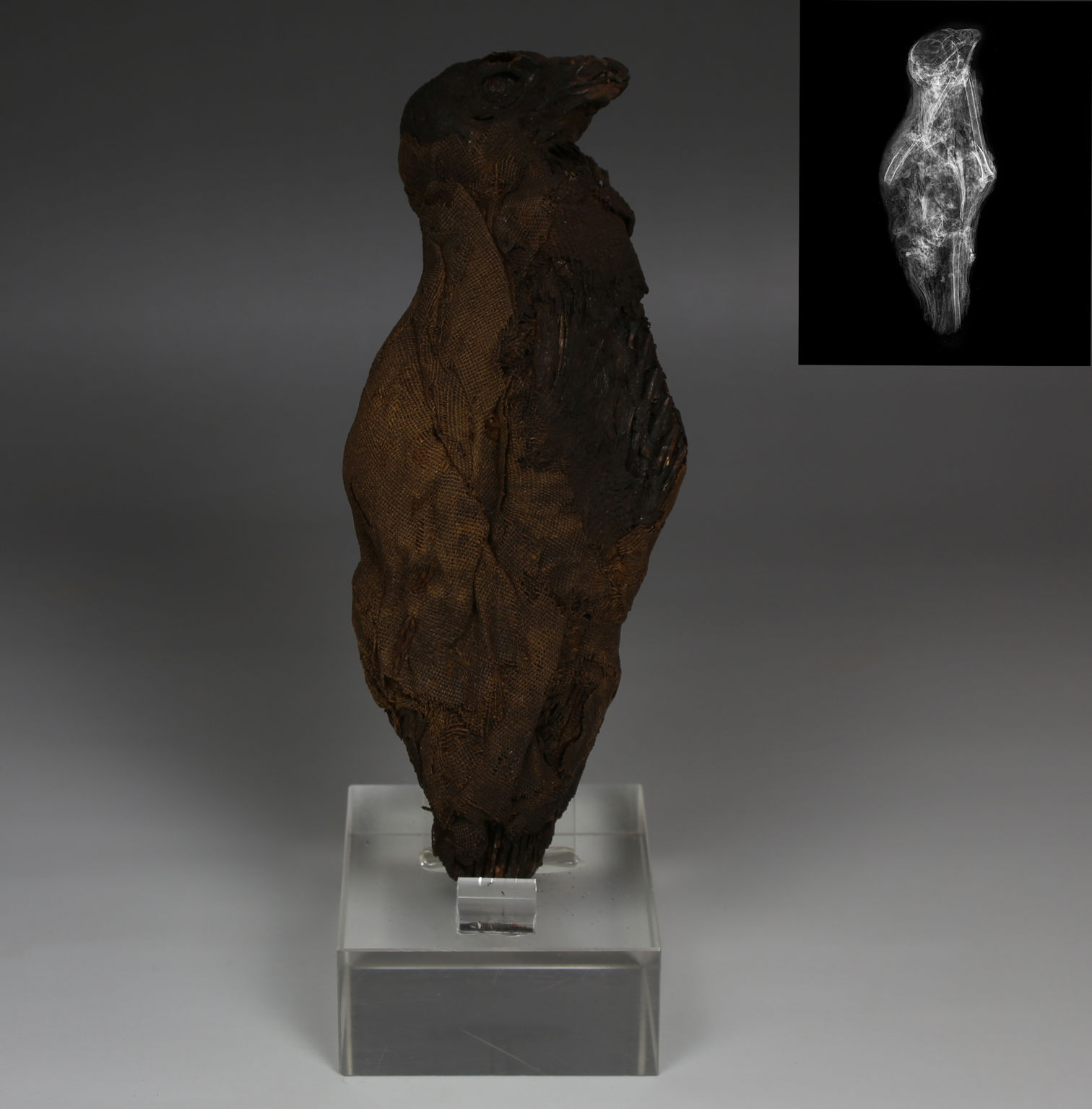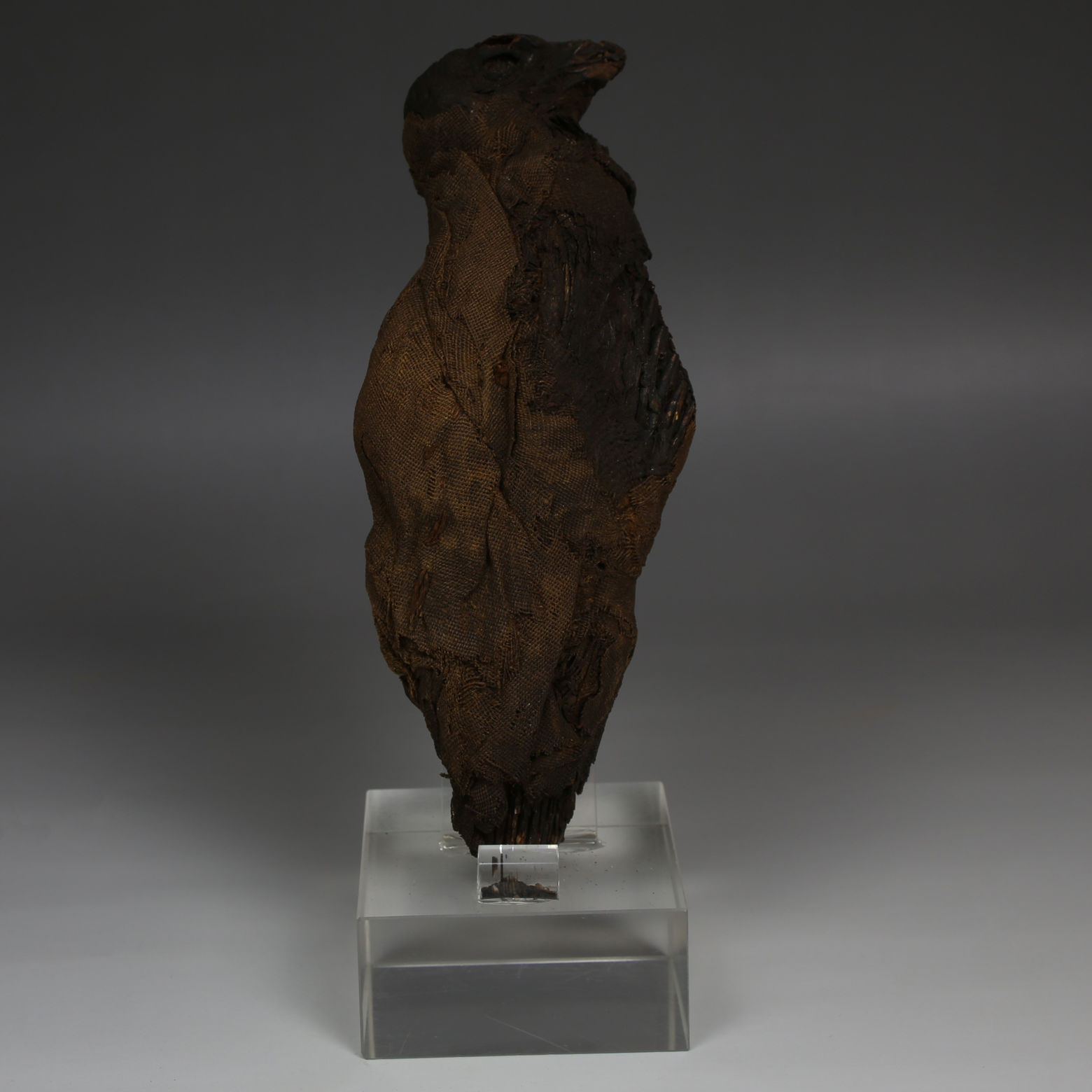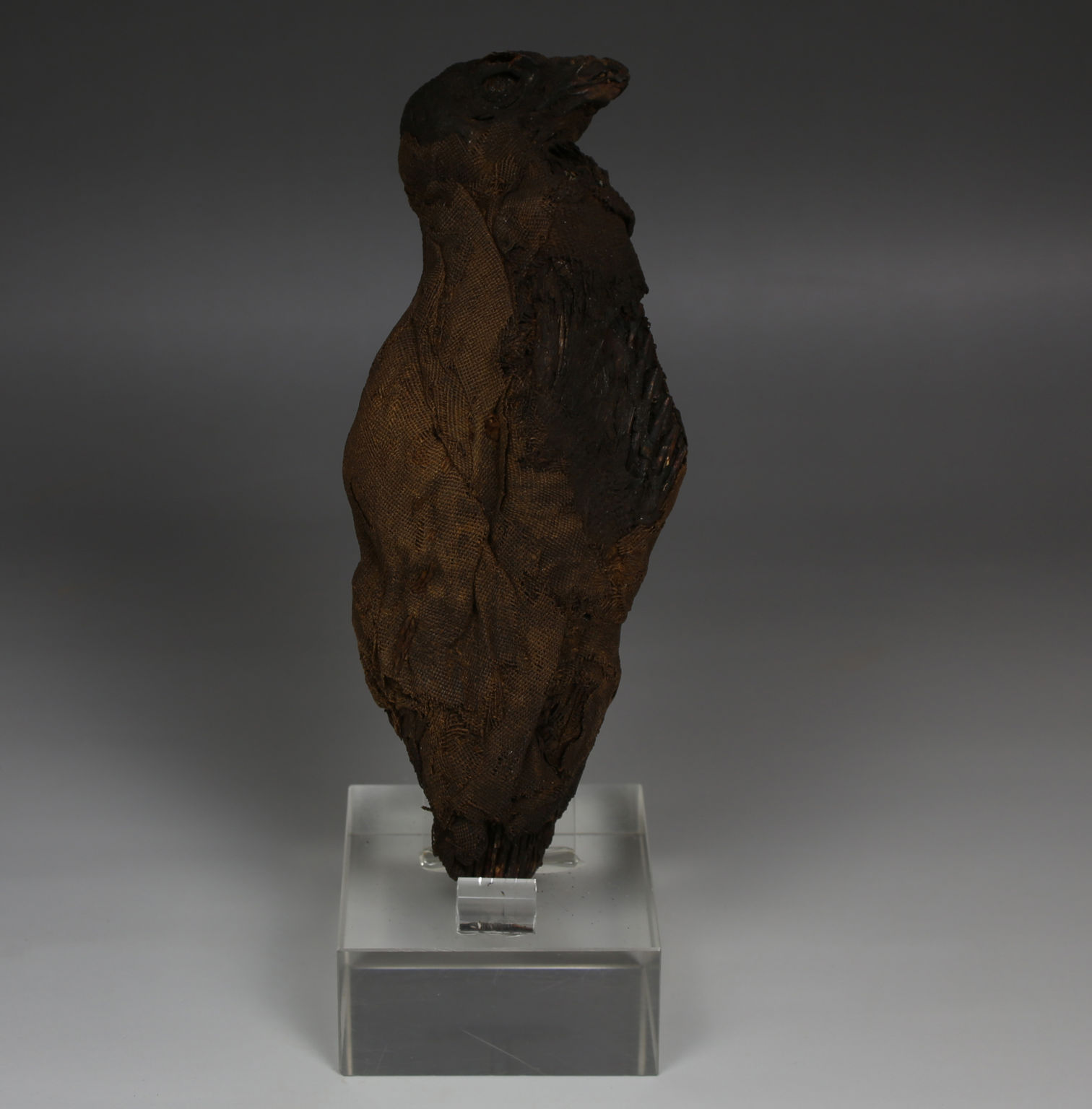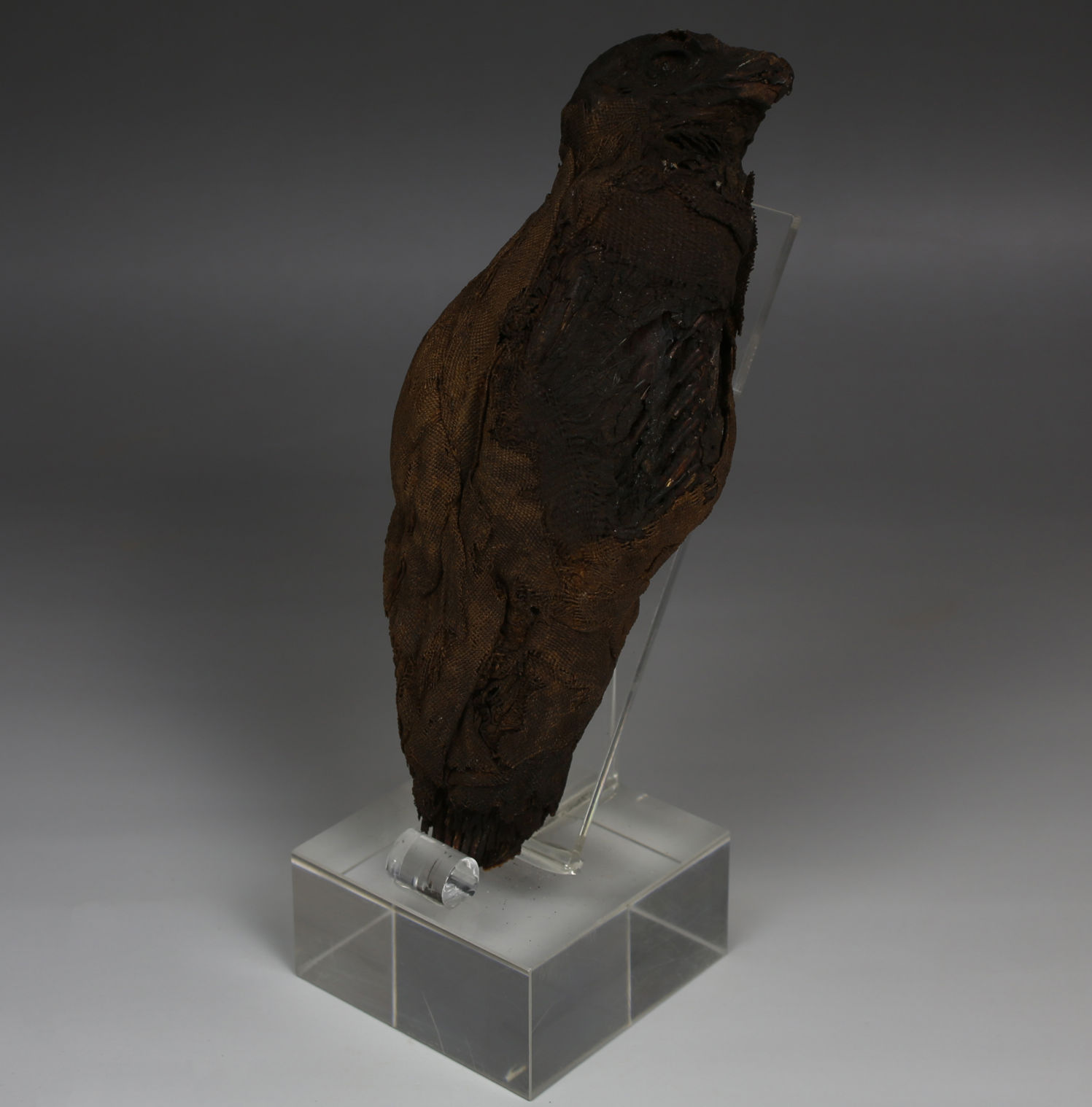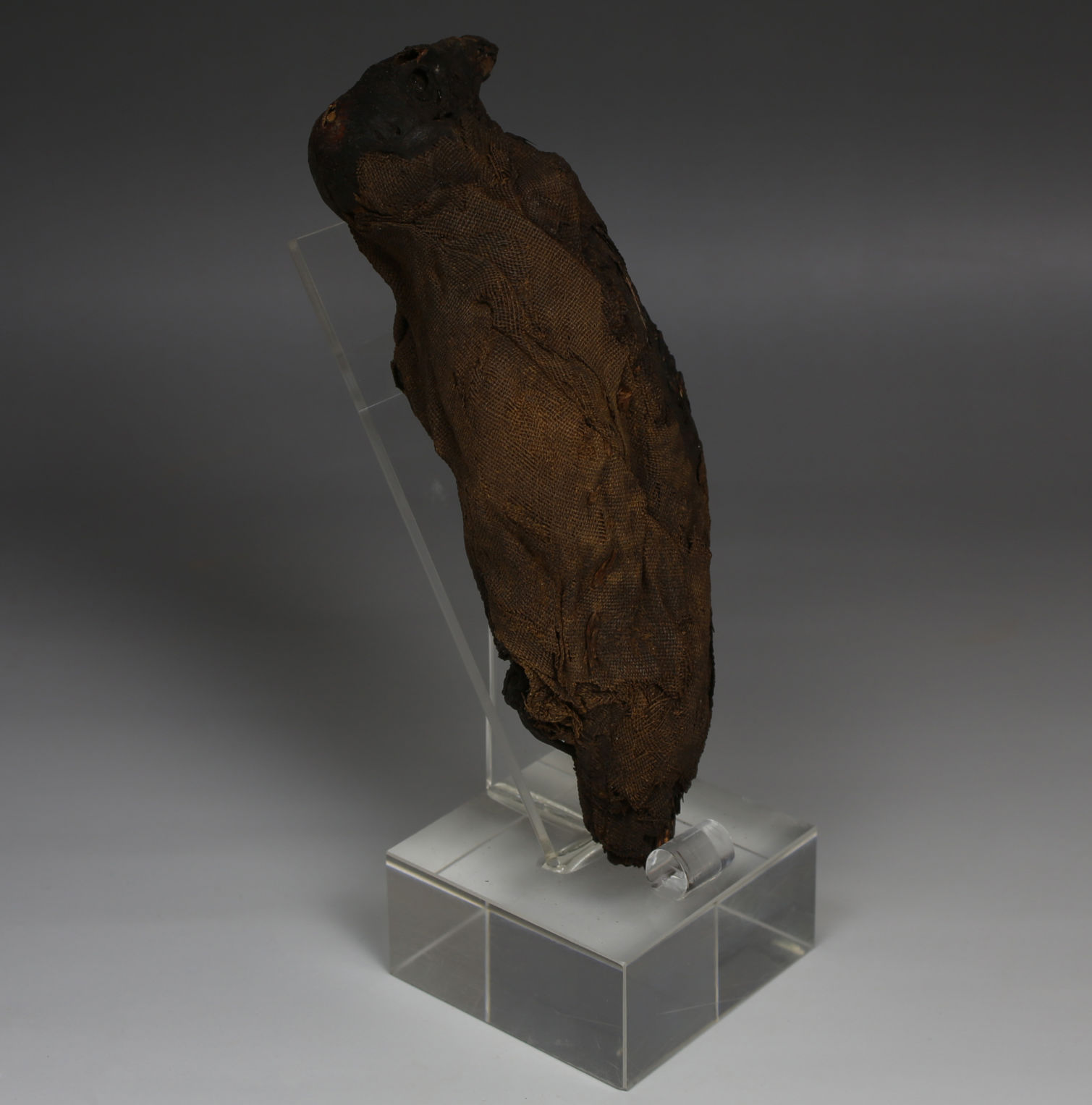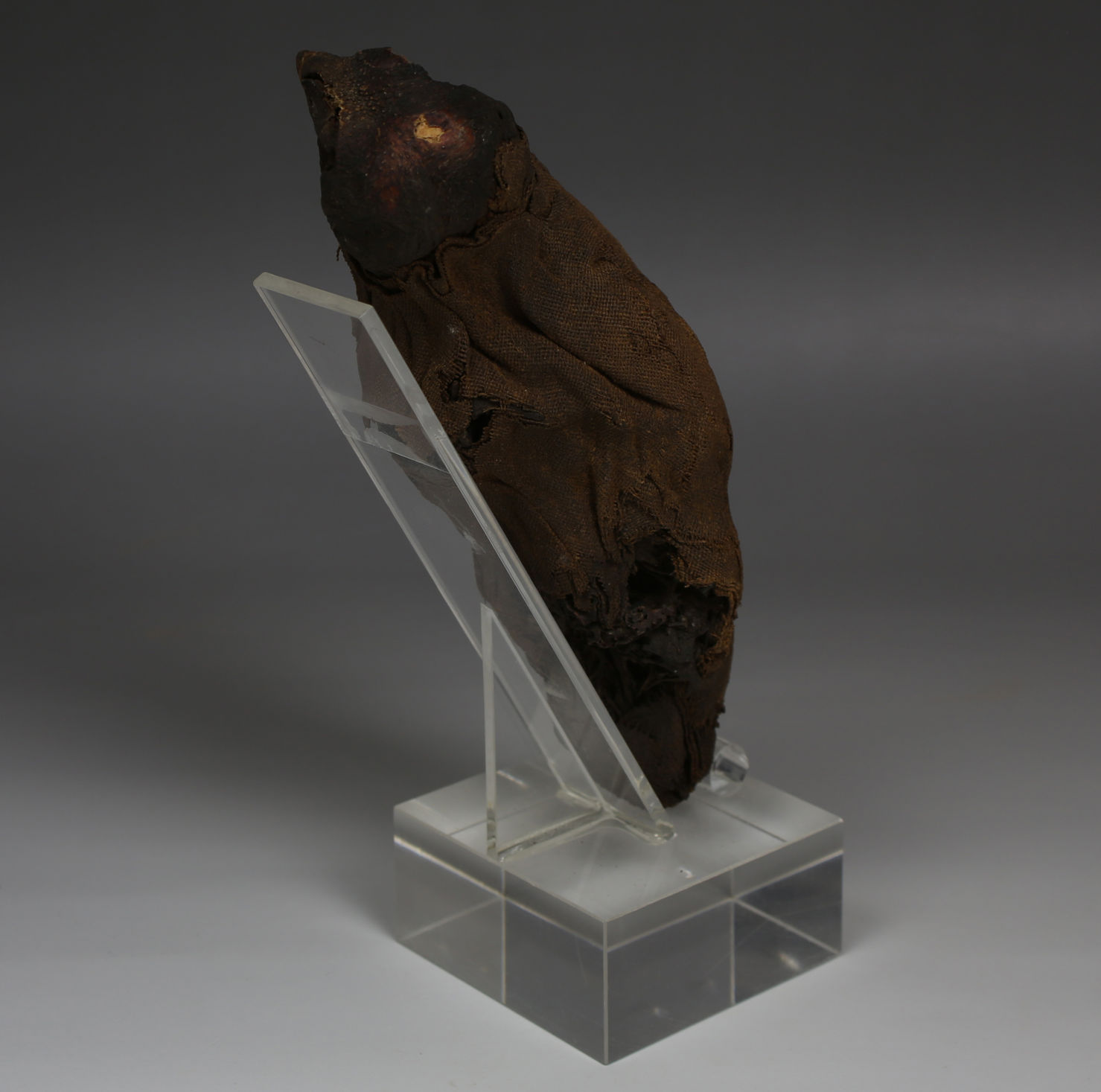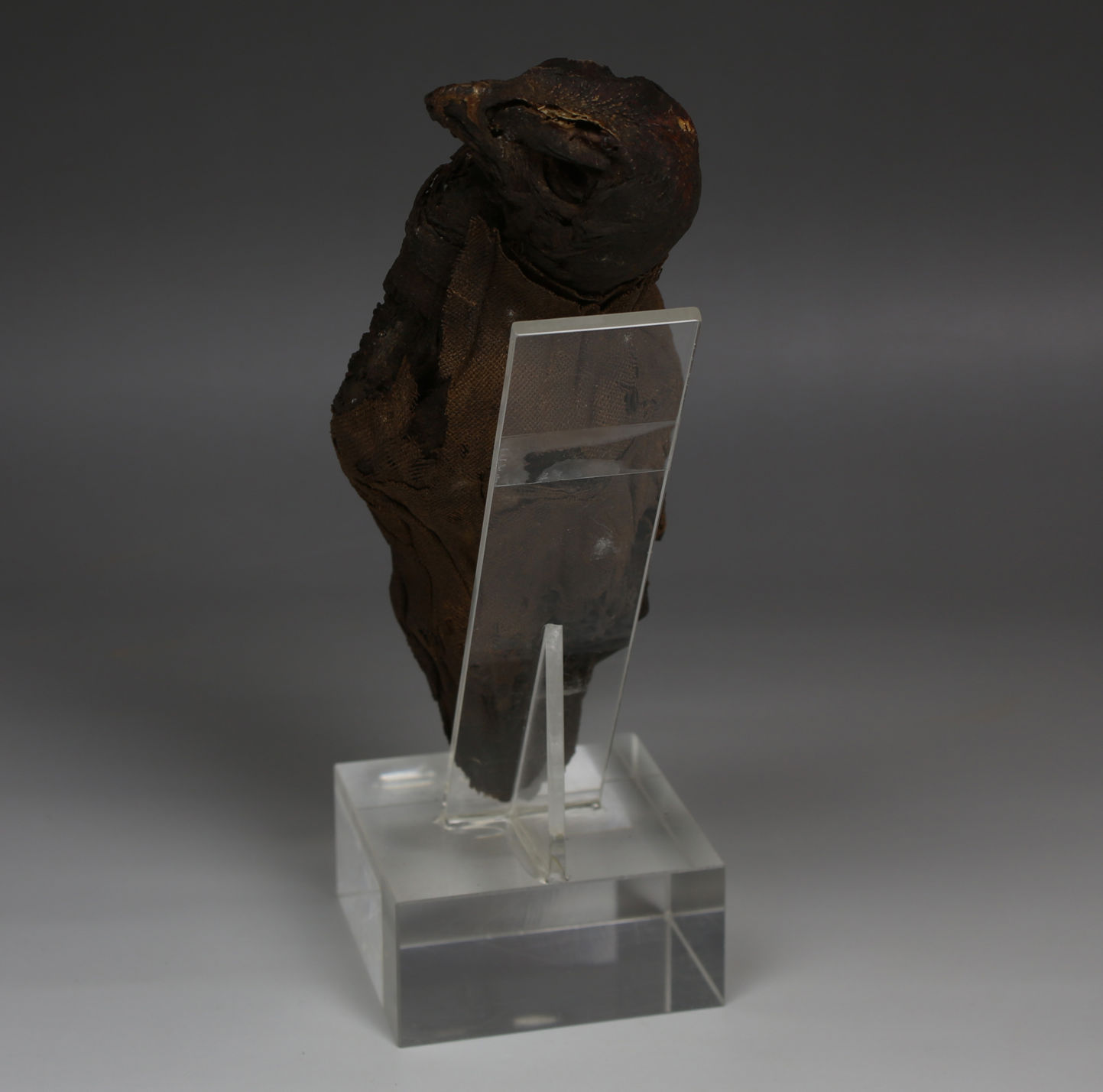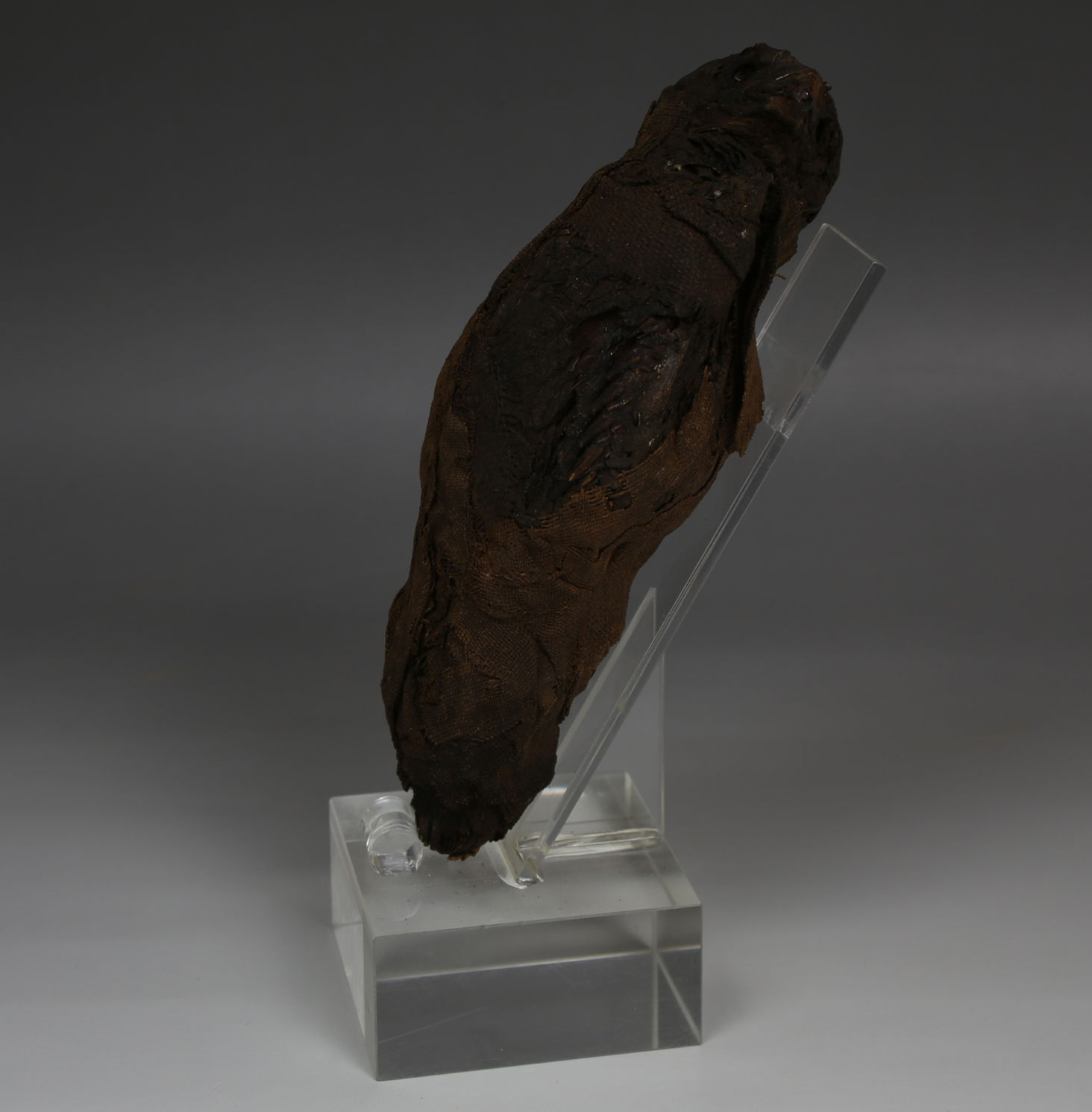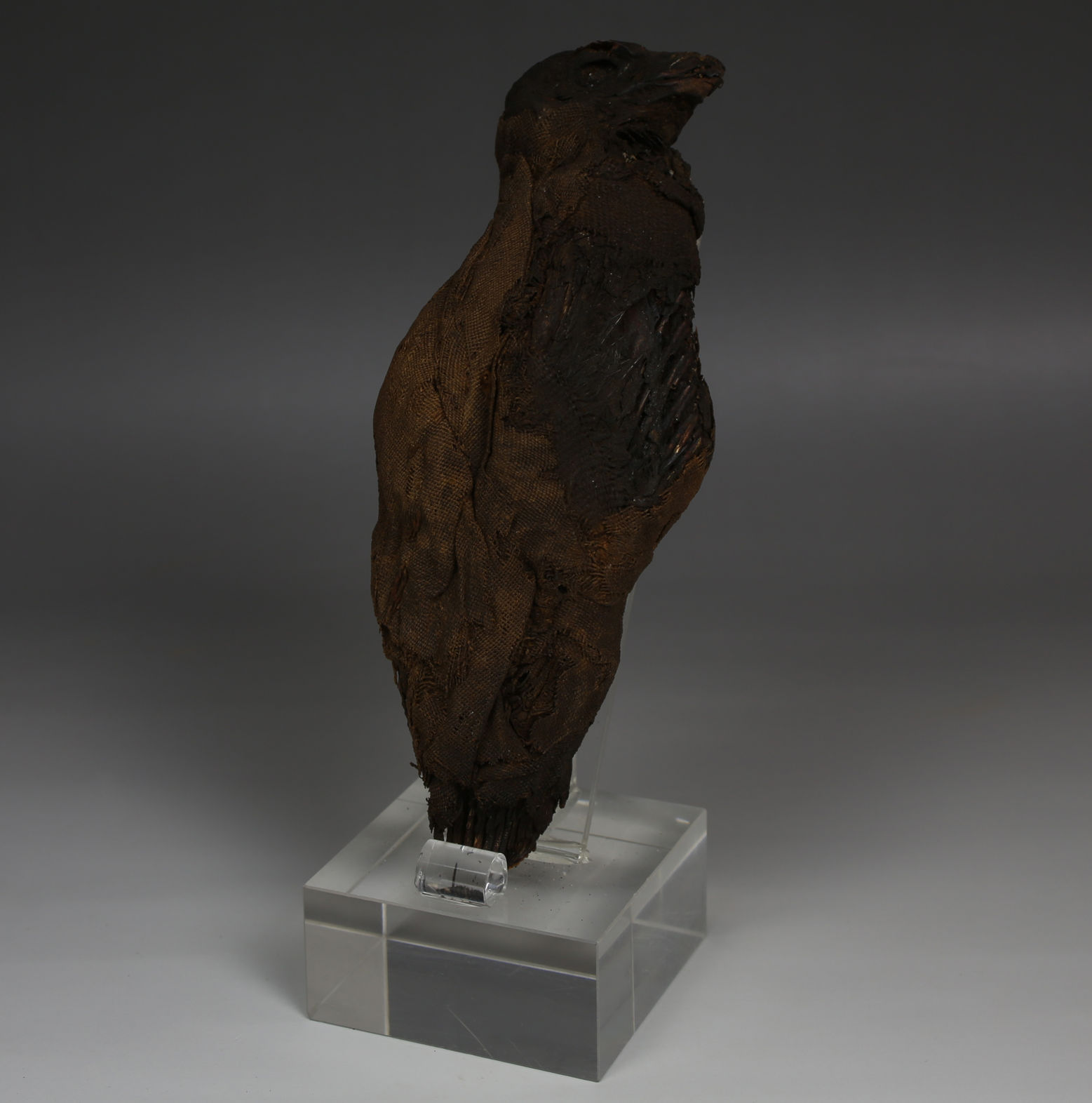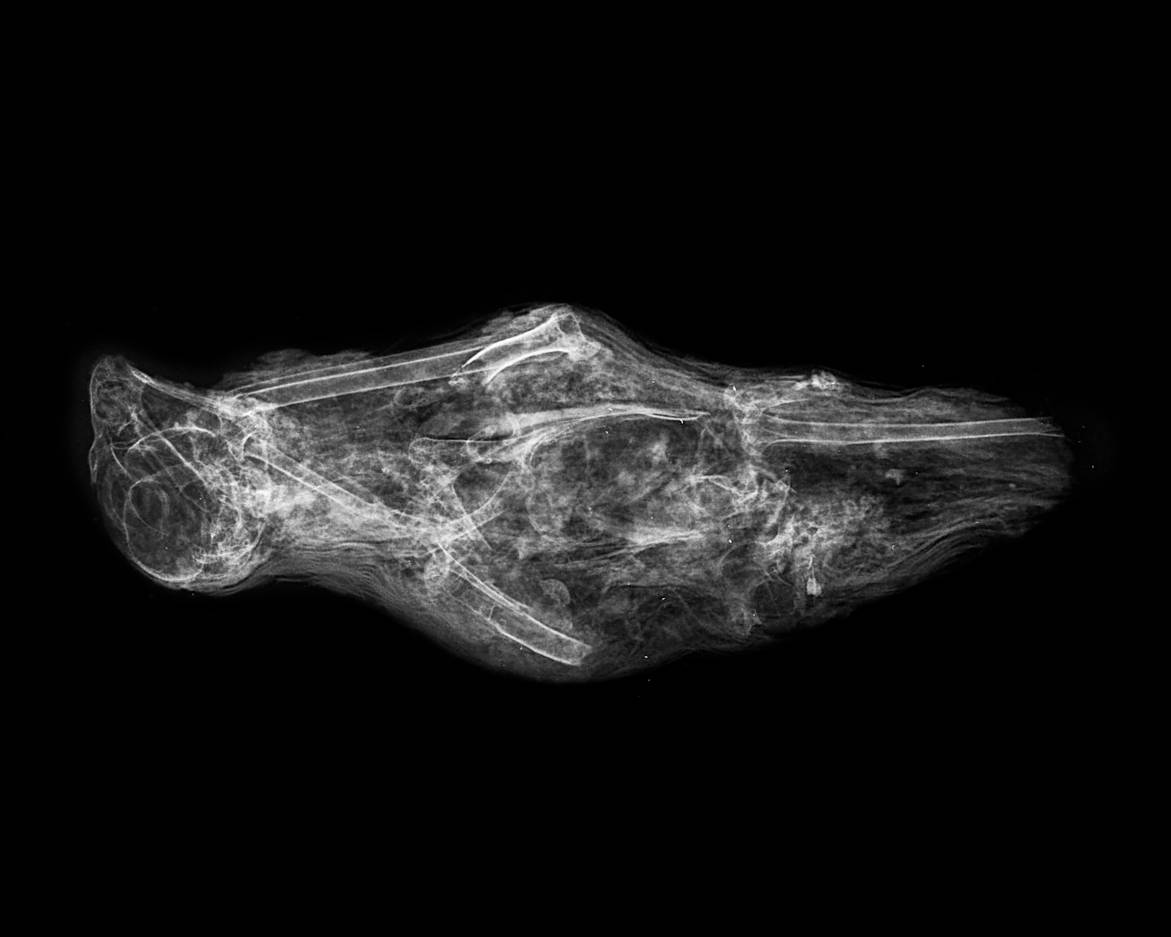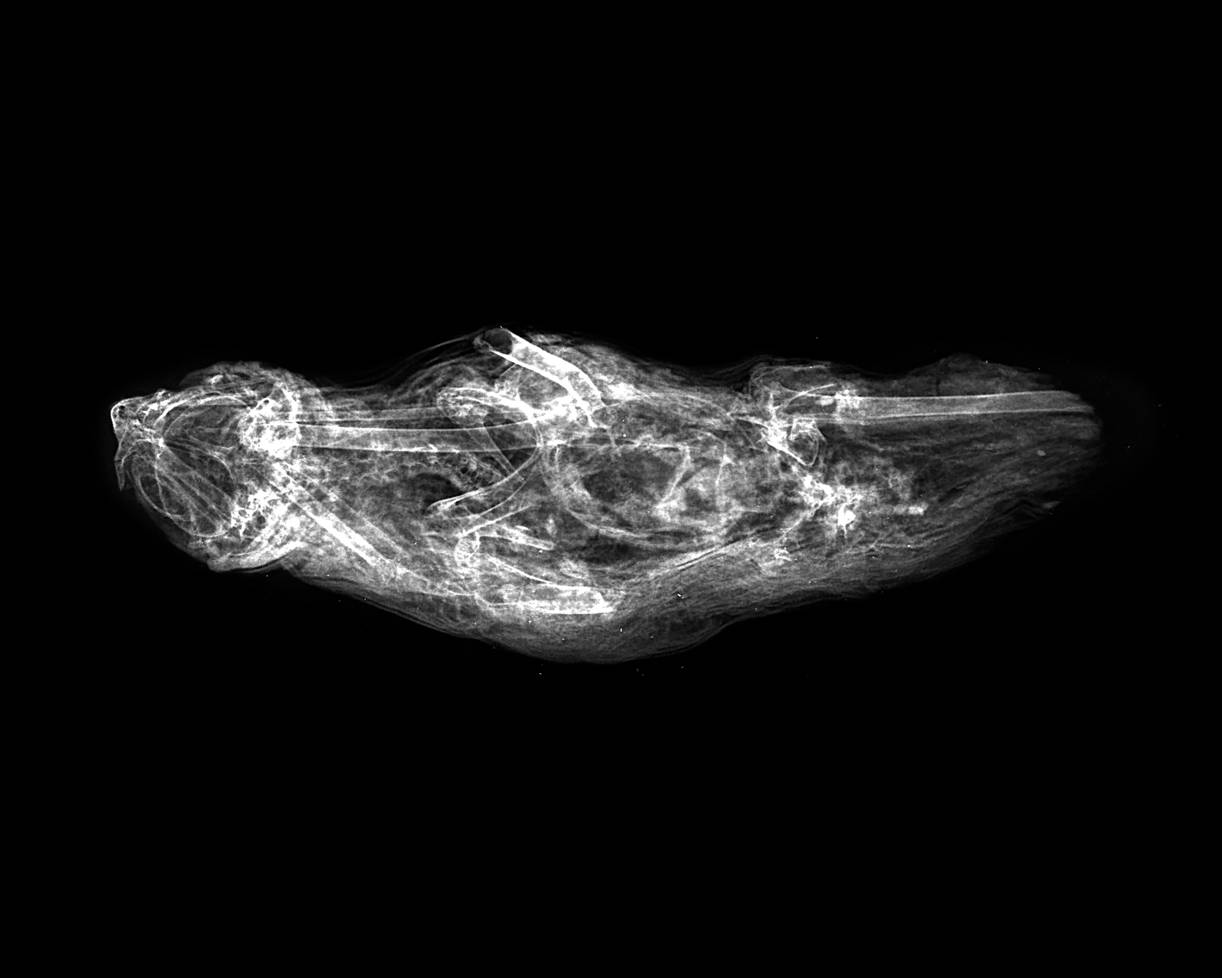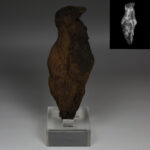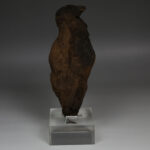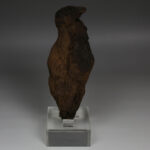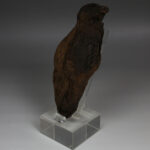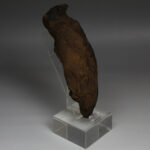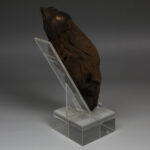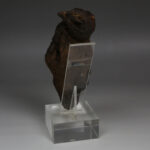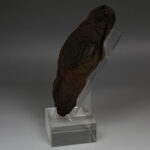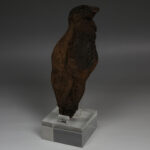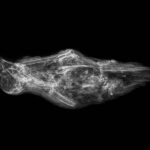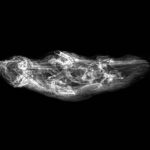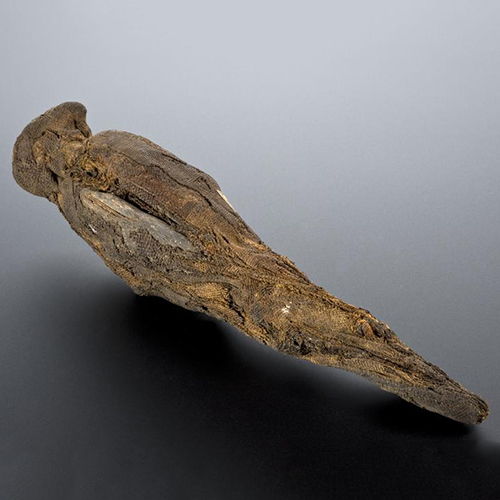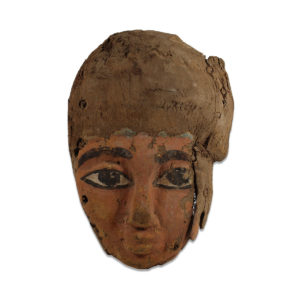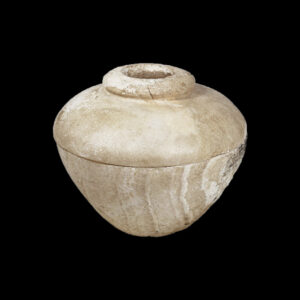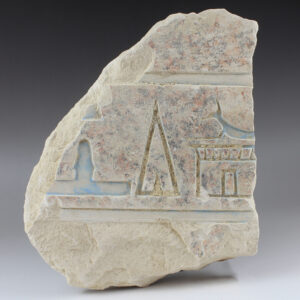Description
| ITEM | Mummified Falcon (Kestrel, Falco Tinninculus) with X-Ray |
| MATERIAL | Bone and linen |
| CULTURE | Egyptian |
| PERIOD | Late Period, 664 – 332 B.C |
| DIMENSIONS | 160 mm x 75 mm x 55 mm |
| CONDITION | Good condition. Includes digital copy of the X-ray test |
| PROVENANCE | Ex French private collection, Auvergne, acquired before 1980s |
In ancient Egypt, mummified falcons held deep religious significance, as they were associated with the god Horus, one of the most important deities in the Egyptian pantheon. Horus, often depicted as a falcon or a man with a falcon’s head, symbolized kingship, the sky, and protection. Mummifying animals, especially sacred ones like the falcon, was a way of honoring the gods and ensuring divine favor. These falcon mummies were often placed in temples dedicated to Horus or other gods linked to falcons, such as Ra or Montu, reflecting their role in the religious practices of ancient Egypt.
The process of mummifying a falcon was similar to the methods used for humans. Embalmers would remove the internal organs, dry the body with natron, and then wrap the bird in linen strips. In some cases, falcons were even buried in small, intricately designed coffins, demonstrating their revered status. Archaeological finds reveal thousands of mummified falcons, suggesting that these birds were bred and sacrificed specifically for ritual purposes. Their mummification was believed to ensure their role as intermediaries between humans and the gods, as well as to provide the deceased with protection in the afterlife.
Beyond their religious significance, mummified falcons also highlight the complex relationship the ancient Egyptians had with the natural world. Birds, particularly falcons, were not only important symbols but also vital components of Egypt’s ecosystem. The falcon’s hunting prowess and its ability to soar through the sky aligned with the Egyptian concept of divine power and kingship. By preserving these creatures through mummification, the ancient Egyptians sought to maintain balance and harmony between the human, natural, and divine realms, making falcon mummies a reflection of their deeply interconnected worldview.


